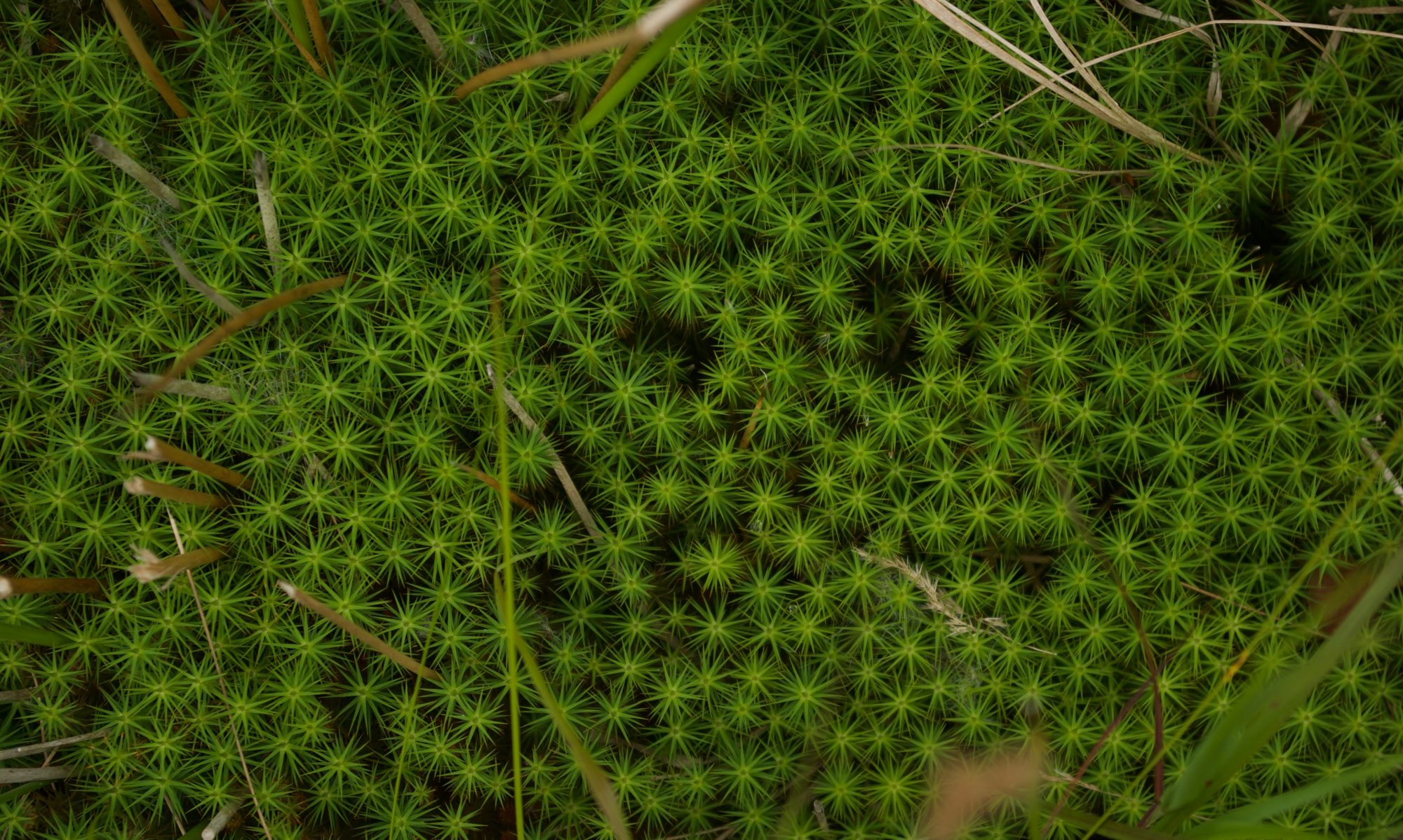Pauline Couper
Geography has historically been a discipline of the visible. Places have been mapped according to what can be seen. Over the last 20 years, in particular, this has begun to change, with geographers paying attention to a broader range of senses and ways of experiencing places. This includes ‘sonic geographies’ focusing on sound. How does sound contribute to our sense of a place?
During a visit to Hatfield Moor early(ish) yesterday morning I became conscious of a particular effect of sound. For the first time I was in the nature reserve on my own, my previous visits having been with colleagues and/or accompanied by Natural England staff. Arriving around 08.20 there were a couple of dog-walkers in the vicinity of Boston carpark but, as I wandered off into the trees, other humans were very quickly out of sight.
I sat on a bench just a few minutes’ walk from the carpark. In close proximity were the tweets of two birds, coming from different directions but clearly the same species. (I thought they might be chiffchaffs, but my knowledge of birdsong is very limited.) There was an occasional soft quack from a duck on the water behind me, and now and then a call from another bird – something bigger – a bit further away to my right. But the ‘sonic backdrop’ for these was a constant hum of traffic in the distance, combined with an occasional aeroplane overhead. I hadn’t noticed the traffic when I have visited before, with others.
Some might lament the intrusion of those human-produced, mechanical sounds in the nature reserve. We often have an expectation that such places are quiet, and that people in them are – or should be – quiet. As Matless (2005, p762) says, “If there are sounds that belong…and that we should hear, other sounds need to be sunk”. But yesterday morning the sonic juxtaposition of near and far seemed important: the human sounds distant; the non-human, ‘wild’ sounds close by. Sound seemed to emphasise that this is a ‘place for nature’, a place set apart from the noisy busy-ness of human life.
In the broader context of our research on the Humberhead Peatlands, a ‘sonic geographies’ perspective could take a number of directions. Here I have highlighted the influence of sound on my experience of the nature reserve. But (how) do we regulate our own sounds when we visit such places? Are we ‘quiet’ in order to conform to cultural expectations of nature reserves? And thinking in longer timescales, how has the demise of peat cutting and the establishment of the nature reserve changed the soundscapes of Thorne and Hatfield Moors over recent decades?
Reference:
Matless, D (2005) Sonic geography in a nature region. Social & Cultural Geography 6 (5): 745-766.
